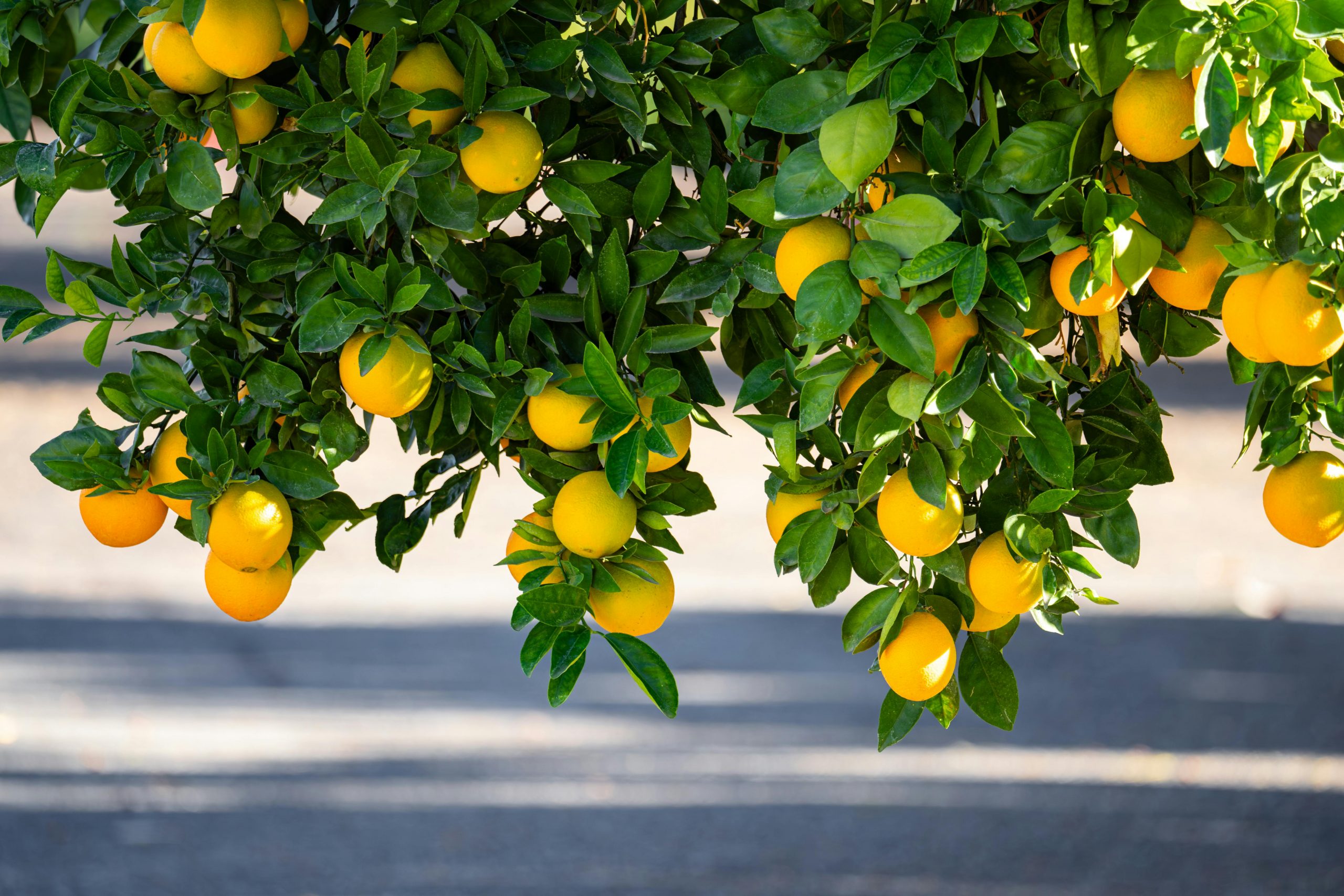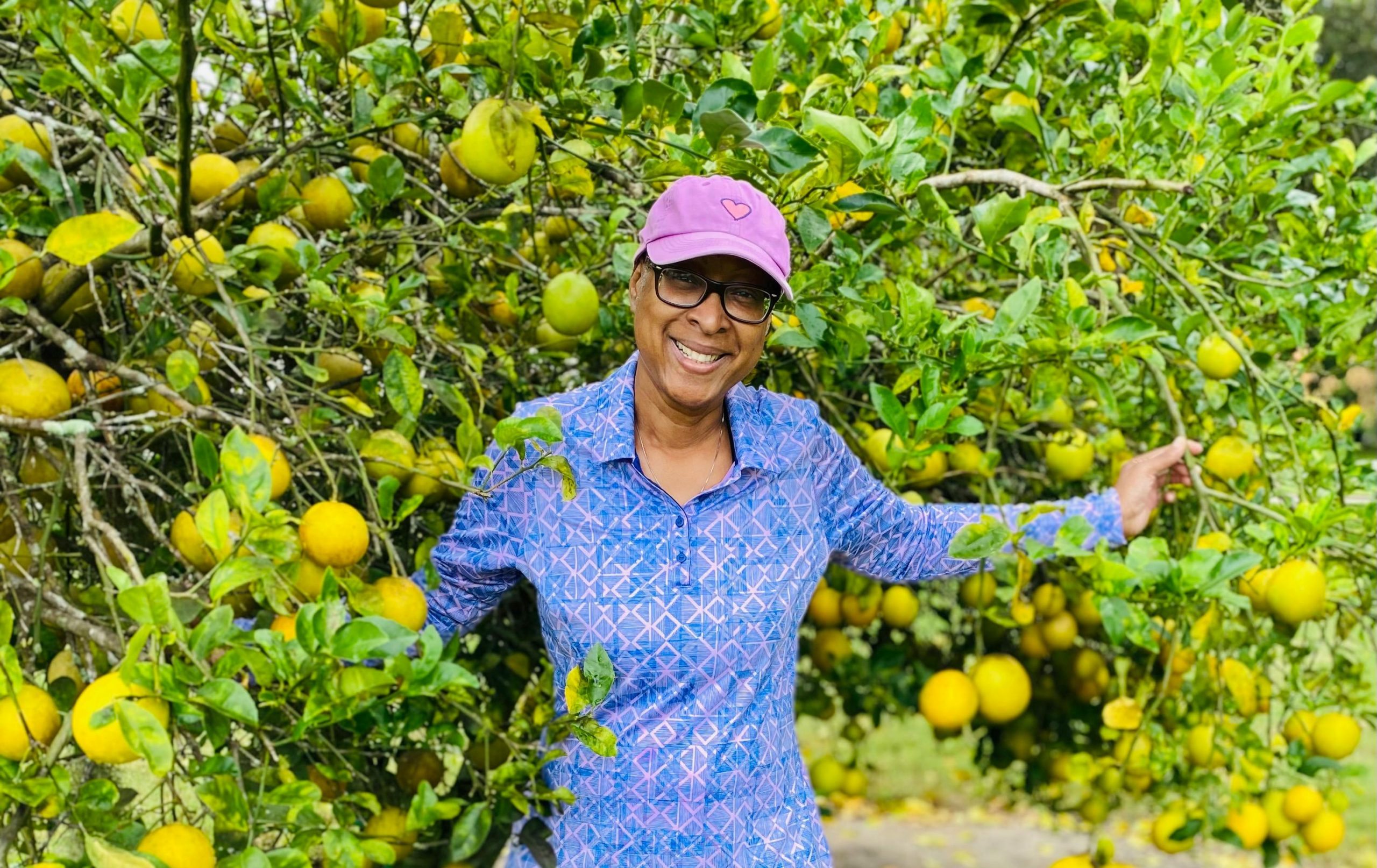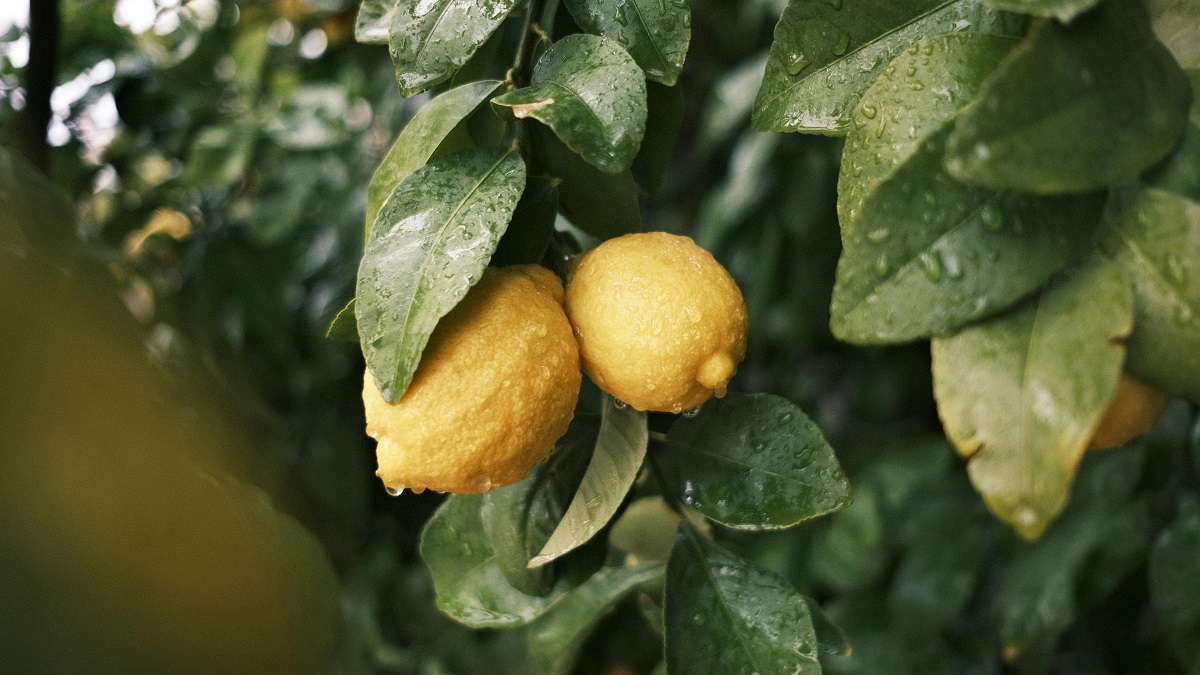- Lemon trees are rewarding and versatile, providing fresh fruit, fragrance, and aesthetic appeal to your backyard.
- Choosing the right variety—such as Eureka, Lisbon, Meyer, or Ponderosa—is essential based on your climate, space, and growth goals.
- Plant your lemon tree in a sunny, well-draining location with enough space and protection from strong winds.
- Regular care, including proper watering, fertilization, and pruning, is critical for healthy growth and fruit production.
- Protect your tree from pests and diseases through regular inspection, natural remedies, and preventative maintenance.
- Lemon trees need patience; with proper care, they can produce fruit in 1–3 years and thrive for many seasons.
- Container growing is an effective option for small spaces or colder climates, allowing mobility and easier care.
Growing your own lemon tree is one of the most rewarding gardening experiences you can have. Not only does it add a splash of green to your backyard, but it also provides fresh, zesty lemons for cooking, drinks, and even homemade cleaning products. Many people shy away from planting lemon trees because they think it’s complicated or only suited for tropical climates. The truth is, with the right care, anyone can successfully grow a lemon tree in their backyard. In this guide, we’ll cover everything you need to know, from choosing the right tree to harvesting your first lemons.
Why Grow a Lemon Tree in Your Backyard?
You might be wondering why you should invest time and space in a lemon tree. Here are some great reasons:
- Fresh, organic lemons: Store-bought lemons can sometimes lack flavor and are often treated with chemicals. Growing your own guarantees freshness.
- Aesthetic appeal: Lemon trees are beautiful additions to any backyard with their glossy leaves and bright yellow fruit.
- Fragrance: Lemon blossoms have a pleasant scent that can fill your garden during blooming season.
- Sustainable and cost-effective: Once established, a lemon tree can produce fruit for years, saving you trips to the store.
- Quick rewards: As one of the fast growing fruit trees, lemon trees can start producing fruit sooner than you might expect, making them a satisfying choice for home gardeners.
Choosing the Right Lemon Tree Variety

Before planting, it’s important to choose the right variety for your climate and space. Some popular options include:
- Eureka: Produces fruit year-round and is commonly found in grocery stores.
- Lisbon: Thrives in cooler climates and produces large lemons.
- Meyer: Sweeter and smaller than other lemons, great for small yards or container gardening.
- Ponderosa: Produces large, juicy lemons, and is suitable for warmer climates.
When selecting your tree, consider your USDA hardiness zone and the space available in your backyard. If you live in a colder region, consider a dwarf variety that can be grown in a pot and moved indoors during winter.
Where to Plant Your Lemon Tree
Lemon trees thrive in sunny locations with well-draining soil. Here’s what to keep in mind:
- Sunlight: Lemon trees need at least 8–12 hours of direct sunlight daily.
- Soil: Loose, sandy, and slightly acidic soil with a pH of 5.5 to 6.5 is ideal.
- Space: Standard trees need about 10–15 feet between other plants, while dwarf varieties need 3–5 feet.
- Protection from wind: Strong winds can damage branches and fruit. Plant near a fence or hedge if possible.
How to Plant a Lemon Tree
Planting a lemon tree is straightforward but requires attention to detail. Follow these steps for the best results:
- Dig a hole: Make a hole twice as wide and just as deep as the root ball.
- Prepare the soil: Mix native soil with compost to enrich nutrients and improve drainage.
- Place the tree: Set the tree in the hole, ensuring the top of the root ball is level with the soil surface.
- Backfill: Fill the hole with soil, gently firming it around the roots to remove air pockets.
- Water thoroughly: Give the tree a deep watering right after planting to help settle the soil.
- Mulch: Apply a 2–3 inch layer of mulch around the base, keeping it 2 inches away from the trunk.
How to Care for Your Lemon Tree

Once planted, lemon trees need regular care to thrive. Proper watering, fertilization, and pruning are key.
How Often Should You Water a Lemon Tree?
- Young trees: Water 2–3 times per week during the first few months.
- Established trees: Deep water once or twice per week, depending on rainfall.
- Check the soil: Stick your finger 2–3 inches into the soil. If it feels dry, it’s time to water.
Fertilizing Your Lemon Tree
- Use a citrus-specific fertilizer or one high in nitrogen.
- Apply fertilizer every 6–8 weeks during the growing season (spring through early fall).
- Avoid over-fertilizing, as this can damage roots and reduce fruit quality.
Pruning Tips for a Healthy Lemon Tree
Pruning helps maintain shape, remove dead branches, and improve fruit production.
- Remove any dead, damaged, or crossing branches.
- Thin out dense areas to allow sunlight and air circulation.
- Avoid heavy pruning during the fruiting season, as this can reduce yield.
Protecting Your Lemon Tree from Pests and Diseases
Lemon trees are susceptible to pests and diseases if not properly cared for. Common issues include:
- Aphids: Small insects that feed on new growth. Spray with insecticidal soap or neem oil.
- Scale insects: Appear as small, brown bumps on leaves and stems. Remove manually or treat with horticultural oil.
- Fungal diseases: Such as root rot or citrus canker. Ensure proper drainage and avoid overwatering.
- Leaf miner: Causes squiggly trails in leaves. Prune affected leaves and use insecticidal spray if necessary.
Preventative Measures
- Regularly inspect your tree for signs of pests.
- Keep the area around the tree clean and free of fallen leaves.
- Rotate mulch and remove diseased fruit or leaves promptly.
How to Encourage Fruit Production
If your lemon tree is healthy but not producing fruit, these tips can help:
- Sunlight: Ensure your tree gets enough direct sunlight each day.
- Proper fertilization: Use a balanced citrus fertilizer with micronutrients like magnesium and zinc.
- Pollination: While lemon trees are self-pollinating, helping with hand pollination can boost yields. Use a small brush to transfer pollen between flowers.
- Patience: Lemon trees typically take 1–3 years to produce fruit if grown from a young tree or nursery plant.
Harvesting Your Lemons
Knowing when and how to harvest is essential for the best flavor:
- Timing: Lemons are usually ready to pick when they are fully yellow or have a slight green tinge.
- Feel: Gently squeeze the fruit. It should be firm but slightly soft to the touch.
- Method: Use pruning shears or twist gently to avoid damaging the tree.
- Storage: Fresh lemons can last 2–4 weeks at room temperature or longer in the fridge.
Growing Lemons in Containers
If your backyard has limited space or you live in a colder climate, container growing is an excellent option:
- Pot size: Start with at least a 15–20 gallon container for a dwarf variety.
- Soil: Use well-draining potting mix designed for citrus.
- Watering: Container trees dry out faster, so check soil frequently.
- Winter care: Move the pot indoors or to a protected area when temperatures drop below 50°F.
Common Mistakes to Avoid When Growing a Lemon Tree
Even experienced gardeners can make mistakes. Here are some pitfalls to watch for:
- Overwatering: This is the most common cause of root rot. Let the soil dry slightly between waterings.
- Planting in the wrong spot: Too little sun or poor drainage can stunt growth.
- Ignoring pests: Early detection is key to preventing infestations.
- Fertilizing incorrectly: Too much fertilizer can burn roots or produce excessive foliage with little fruit.
Tips for a Thriving Lemon Tree
- Rotate your tree’s location if it’s in a pot to ensure even sunlight exposure.
- Mulch regularly to retain soil moisture and regulate temperature.
- Keep an eye on seasonal changes and adjust care routines accordingly.
- Encourage companion planting with flowers like marigolds to naturally repel pests.
FAQs About Growing Lemon Trees
Can I grow a lemon tree from a seed?
Yes, but it takes longer to produce fruit—typically 5–7 years. Nursery trees are faster and more reliable.
How cold can lemon trees tolerate?
Most varieties prefer temperatures above 50°F. Protect trees from frost with blankets or by moving potted trees indoors.
How long does it take for a lemon tree to bear fruit?
It depends on the variety and age of the tree. Nursery trees can bear fruit in 1–3 years, while seed-grown trees take longer.
Can I grow lemons organically?
Absolutely. Use organic fertilizers, natural pest control methods, and compost to maintain healthy soil and fruit.
In a Nutshell
Growing a lemon tree in your backyard is not only achievable but highly rewarding. With the right choice of variety, proper planting, consistent care, and attention to pests and pruning, you can enjoy fresh, homegrown lemons for years to come. Whether you have a spacious backyard or a small patio, there’s a method that works for your space and climate. Start today, and soon you’ll have a thriving lemon tree that enhances both your garden and your kitchen.

